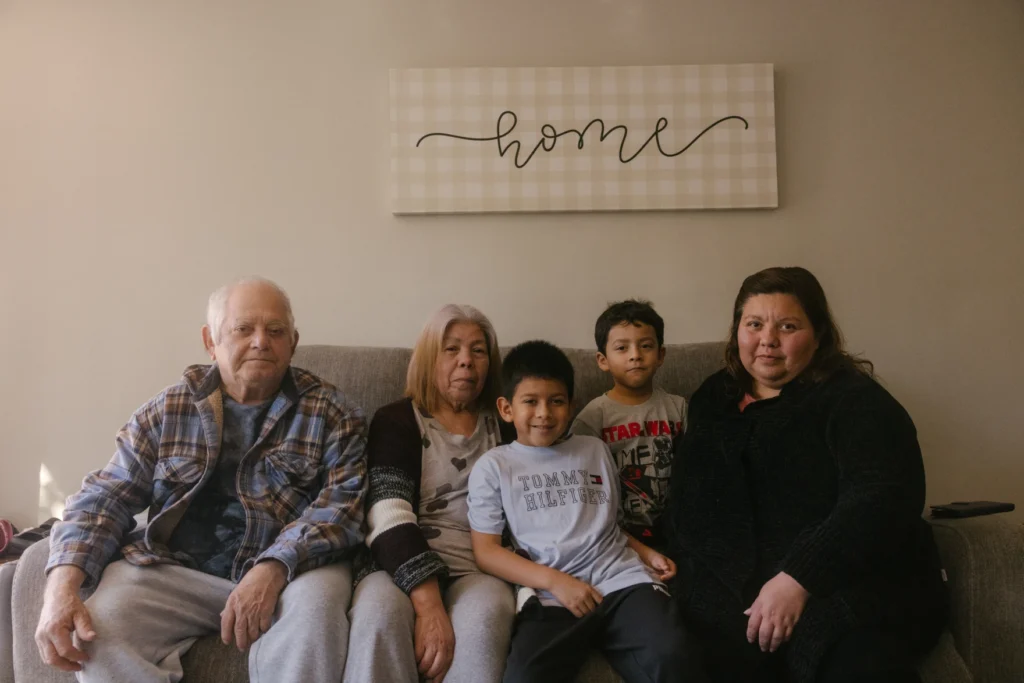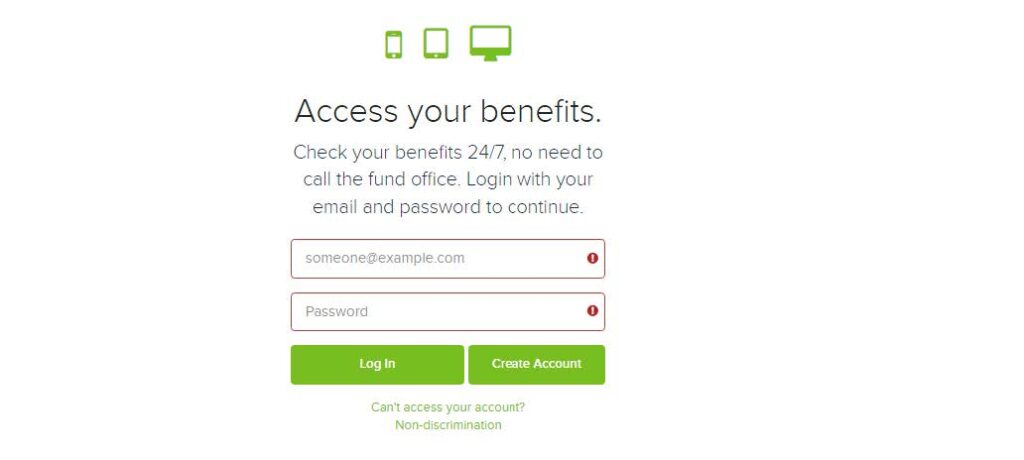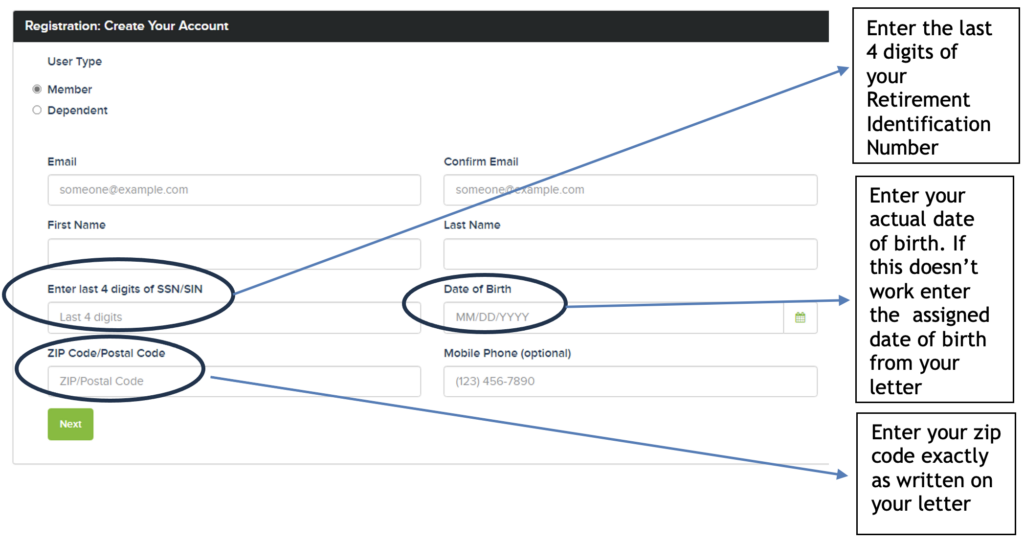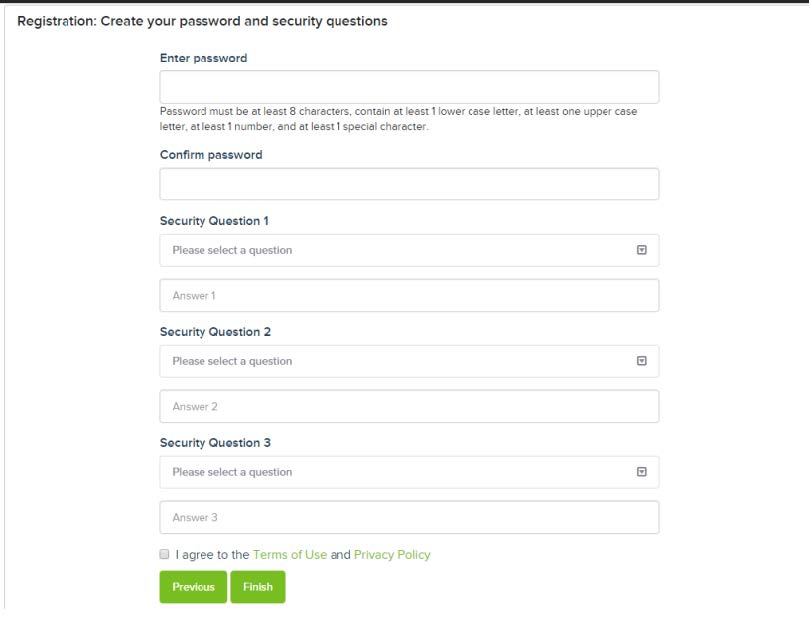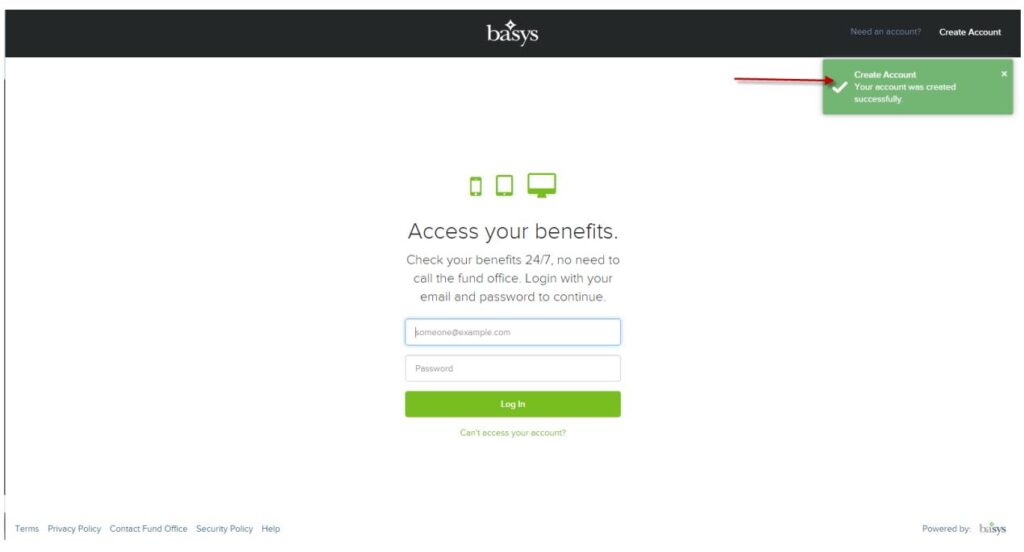By Libby Rainey
Published Jan 17, 2025 11:09 AM
In an instant, Blanca Carrillo and her daughter Aurys Hernandez lost everything.
Their home in Altadena was also the place they’d built a thriving daycare for young children. So when it burned in the Eaton Fire, they were left homeless and without work all at the same time.
“Overnight our home and our livelihood is gone,” Carrillo said through a translator from a family member’s apartment in Arcadia.
It’s a disaster replicated thousands of times over, as many in L.A. County begin to confront how they’ll rebuild their lives after the fires. For childcare providers, this feeling is particularly acute: Many say they know that their work is critical to allowing families to find new housing or return to work.
But they’re also trying to figure out how they themselves will recover, or stay afloat at all.
“What we want is [to] continue working,” Hernandez said. “I need just a house … where I can have our daycare again.”
Crisis on top of crisis
More than 500 childcare spaces were in areas affected by the Palisades, Eaton and Hurst fires, according to L.A. County figures. That’s almost 7% of all licensed childcare facilities in the county.
Some have already reopened, others await clean-up to clear all the debris, and some are gone entirely — refuges and second homes for some of the county’s youngest Angelenos turned to ash overnight.
Debra Colman, director of the L.A. County Office for the Advancement of Early Care and Education, said this comes as the childcare system in Los Angeles was already in crisis, with too few providers and too little pay.
“We don’t have nearly enough licensed programs for all of the families in need,” Colman said, stating there are just under 8,000 facilities for more than 750,000 young children. (That’s almost 94 kids per facility.)
Homes and livelihoods lost
There is no one central childcare system. Instead it’s a patchwork of centers in living rooms, places of worship, educational centers and other spaces.
And all types of childcare have felt the effects of the fires. B’nai Simcha Jewish Community Preschool on the site of the Pasadena Jewish Temple & Center burned to the ground. So did Altadena Children’s Center, which operated out of the now lost Altadena Baptist Church. Those centers both said that rebuilding will take time.
Shonna Clark, director of the Altadena Children’s Center, said around a dozen families with children at the center had also lost their homes.
“ So many of our kids have lost their home and their school. It’s absolutely terrible,” Clark said. “ We need safe places for these kids to be, and that’s all I’m concentrating on right now.”
B’nai director Carina Hu said that as families find new childcare, many are mourning the loss of the preschool’s strong community.
“ It’s really heartbreaking for the families,” Hu said. “It’s a catastrophe, and we’re just kind of spread out to the wind.”
What providers need now
Leslie Carmell with Options for Learning, an agency that works with childcare providers, said that the first priority in fire recovery is getting childcare providers into new homes.
“They need affordable housing. And as we all know, especially in SoCal, you know, affordable housing is a challenge,” Carmell said.
Other questions about licensing, emergency financial support and other COVID-style aid all still lie ahead, according to multiple childcare experts.
“ Most of these programs operate on a razor-thin budget,” said Toni Boucher, the former director of Altadena Children’s Center. “Just like the government stepped in during COVID to provide relief funds for childcare programs to get them up and running again, we’re going to need that in a very big way with this effort as well to restore the number of spaces that have been lost across the community.”
The COVID-19 pandemic had a silver lining for childcare providers facing this current crisis: They are more connected now than they were before.
Susan Wood, the executive director of the Children’s Center at Caltech, said she and Boucher were part of a group that met weekly via Zoom during the pandemic. In the aftermath of the fires, they have implemented regular online meetings again.
Back at work
While some providers look toward rebuilding, others are focused on expanding capacity for families who need help as soon as possible.
Jodi Mason, who runs a daycare in her home in Pasadena, had to evacuate last week with some of the children she cares for in tow. But by Monday, she was back in her home, and her daycare was open. She has four new kids signed up because they’d lost their childcare to the fires.
“ It’s really been challenging because they’re out of their comfort zone. They love their childcare providers. They’ve been with them for years,” Mason said. “ Being taken out of your environment as a child is really devastating. … So I just try and give them as much love and attention that I can.”
To view the original article on LAist.com, click here.
